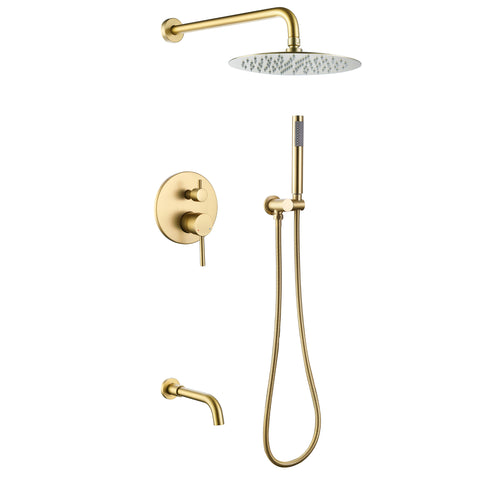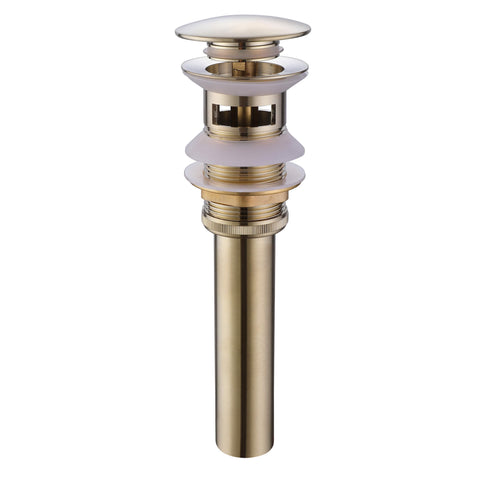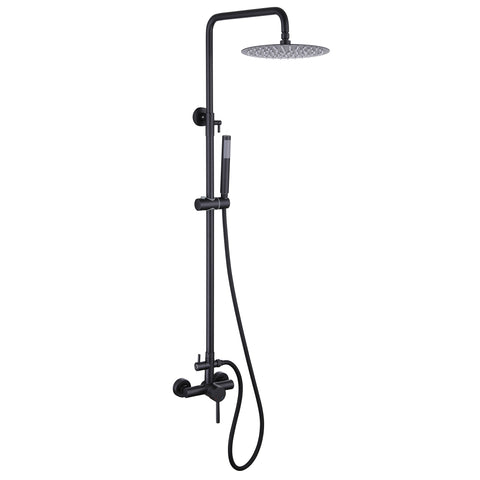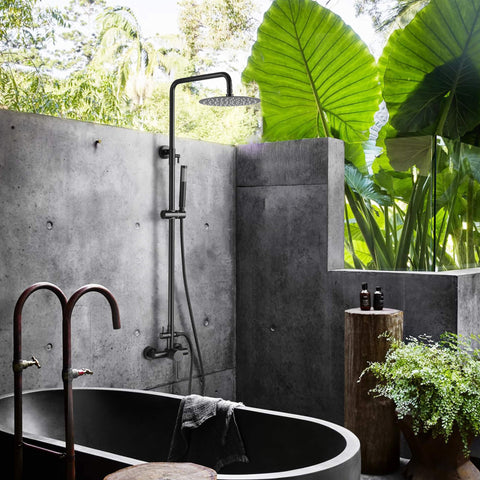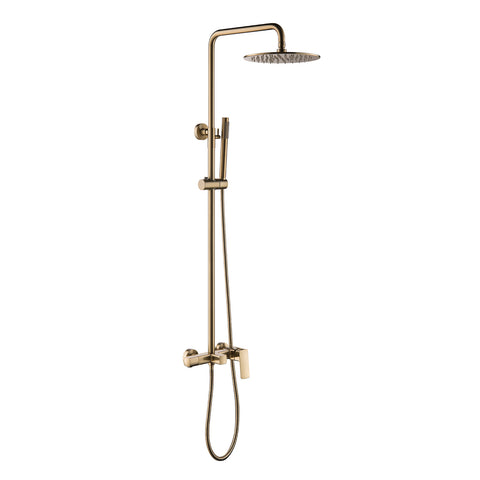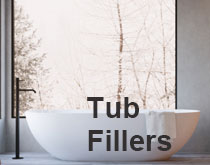Is the Water Pressure Too Low? The Most Common Problem Can Be Quickly Resolved!
1. Insufficient supply pressure
So that every apartment can be supplied with water, there is a huge network of pipes and pipes underground. No matter the size of the network, water suppliers are obliged to provide water at a pressure that allows normal demand to be properly met. The supply pressure is usually between 3 and 6 bar. If you think this pressure is too low in your house, contact your local water company. It is possible that construction work has been or is being carried out on the pipeline network or the performance of the pumps in the pumping station is not sufficient for certain reasons. However, these causes are extremely rare reasons for insufficient water pressure in the house.
2. Clogged filter at the hose connection
The water flows from the waterworks through the pipes to your home. There it passes the main water meter and fine filter. These hold back washed-in particles such as sand, iron or lime. The particles can get into the lines during construction work when the direction of flow is reversed or during maintenance work.
If filters in the house connection have to be cleaned or replaced, you as the homeowner or your landlord are responsible, because the waterworks are only responsible up to the main water meter.
3. Clogged fittings/aerators
When water comes out of the pipe with too little pressure, the cause is often in the apartment itself. If small, white solids are discharged when the pipe is opened, it is usually limescale that is clogging the fitting. You can easily test whether it is actually lime because it dissolves in acetic or citric acid.
If the faucet's aerator is calcified or dirty, you should unscrew it and clean it. The easiest way to loosen it is with pliers. To avoid damaging the aerator with the pliers, cover it with adhesive tape before removing it. To remove limescale, soak the aerator in acetic acid for a few hours.
When the aerator is unscrewed and cleaned, pulse flushes the lines to clean them. Turn the tap on as abruptly as possible and as far as possible. Pulse flushing is intended to flush any residues that may be present out of the lines.
4. Calcified corner valves
Angle valves are also susceptible to lime and can be clogged with it. Then they need to be cleaned or replaced. Before working on angle valves, the water must always be turned off!
5. Clogged or damaged lines
Depending on the age of the pipes and the hardness of the water, the pipes may become clogged. If the lines are blocked, a specialist has to come to the rescue. He can clean the pipes down to the bare pipe using a sandblasting method (e.g. with a corundum-compressed air mixture). The lines are then checked endoscopically. If the result is correct, the pipes are coated with sealants (e.g. epoxy resin) that have been tested for suitability for drinking water. If the pipes are damaged or broken, they must always be replaced.
